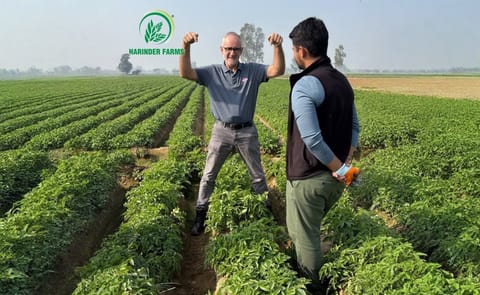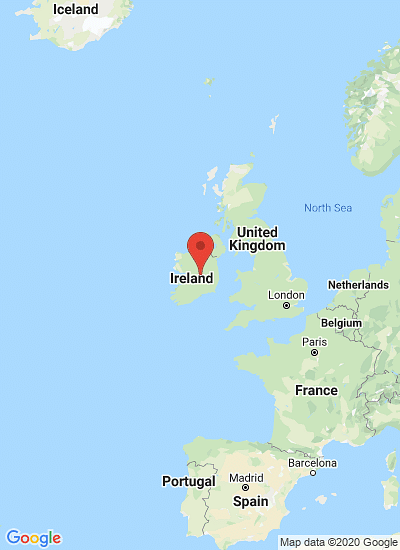Fundamental change in late blight strains impacting Irish potato crops.
Fundamental change in blight strains impacting Irish potato crops

There is a major displacement of potato-blight strain populations taking place in Ireland at the present time. Speaking on a recent edition of the Tillage Edge podcast, Teagasc potato specialist Dr. Stephen Kildea described this process as being of comparable significance to that of a similar transformation back in 2010.
Dr. Stephen Kildea, Teagasc potato specialist:
Stephen Kildea:
According to Kildea, the new blight prediction service available from Met Éireann, which was developed in conjunction with Teagasc, is helping to deliver a much more effective disease risk-evaluation service.
Stephen Kildea:
Stephen Kildea:
Dr. Stephen Kildea, Teagasc potato specialist:
"Back then, the new strains of blight created significant challenges for potato growers. This time around, the prevalence of a new blight strain, EUA372, is creating significant concern within the potato sector. This is because it has significant resistance to the fungicide, fluazinam."He explained that being able to predict the impact of possible blight periods is critically important.
"This development will have a major impact in terms of how growers manage their potato crops into the future."
Stephen Kildea:
"The best example of this relates to the blight strain, Blue 13. This was initially identified in 2008. Prior to this we had quite a stable blight population in Ireland. Blue 13 brought with it a resistance to the fungicide metalaxyl."Potato blight prevention
"So, straight away, growers had to come up with new prevention strategies. It is in this context that effective blight prediction becomes so important."
According to Kildea, the new blight prediction service available from Met Éireann, which was developed in conjunction with Teagasc, is helping to deliver a much more effective disease risk-evaluation service.
Stephen Kildea:
"I think it’s a case of growers getting used to the new service. It has been designed to quantify the level of risk posed by a specific blight period. In turn, this allows growers to tweak the actual quantities of fungicide that they apply."Kildea also confirmed that potato breeders do look at resistance to blight as a trait to be considered within their development programmes.
"Prolonging the intervals between sprays is another option that farmers can now look at.But it’s very much a case of growers knowing the actual location of their crops, the varieties they are growing and then using the new prediction service to develop a specific blight-control programme."
Stephen Kildea:
"But this is a difficult issue. We can breed resistance to blight and there are varieties that are very good against the disease."
"But when we look at the market and the varieties that are there, we are not reaching the quality in terms of the varieties that have blight resistance."
"But the potential is there; the challenge is that of bringing the blight resistant varieties that are developed to the market. The potato market is the key driver in this context."
Like to receive news like this by email? Join and Subscribe!
Get the latest potato industry news straight to your WhatsApp. Join the PotatoPro WhatsApp Community!
Highlighted Company
Sponsored Content
Sponsored Content
Sponsored Content
Sponsored Content









